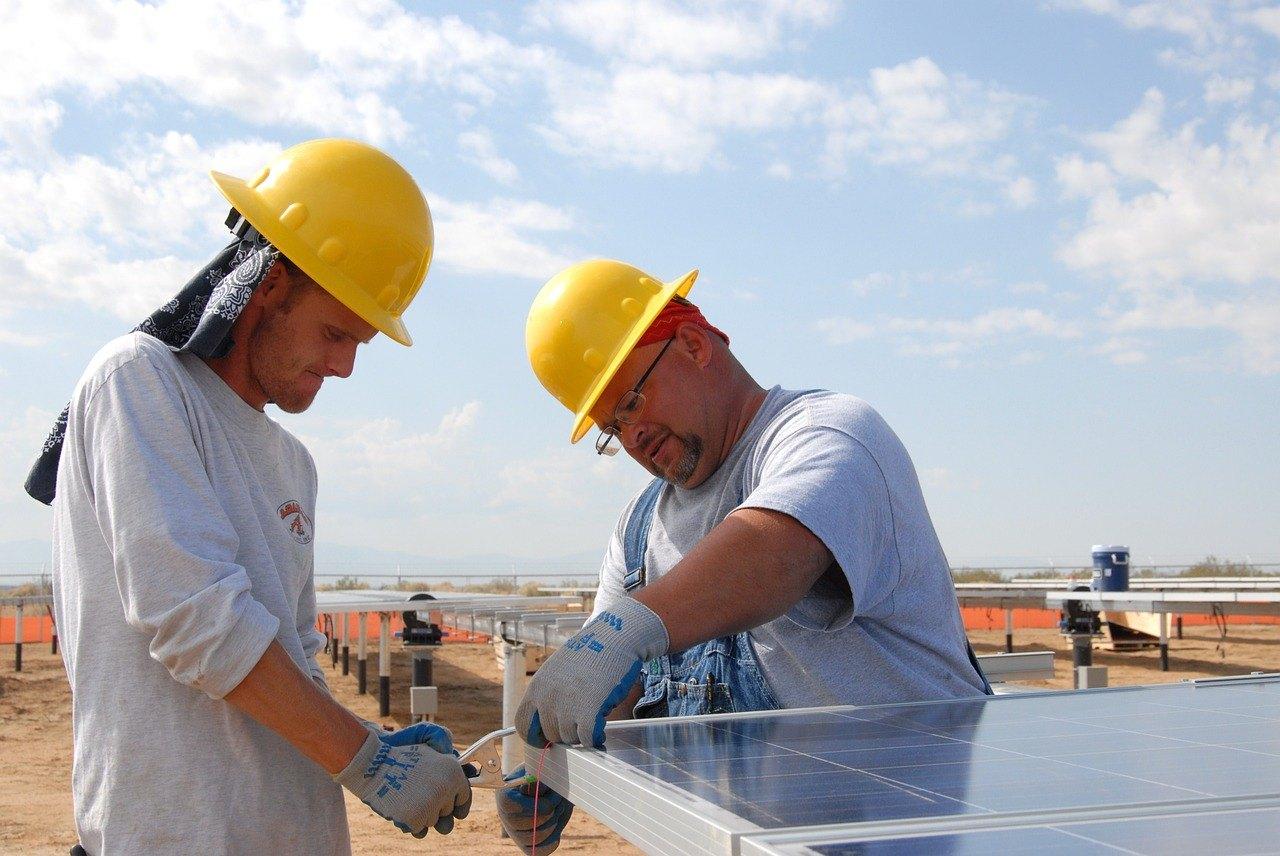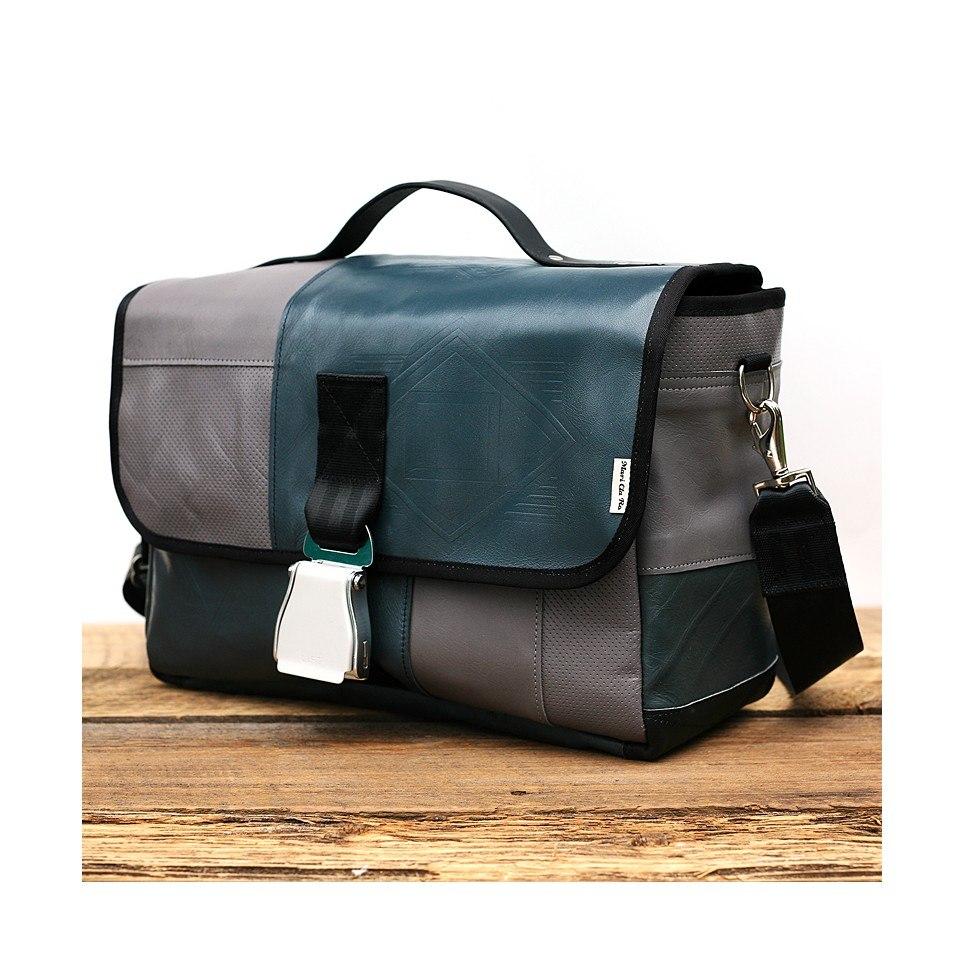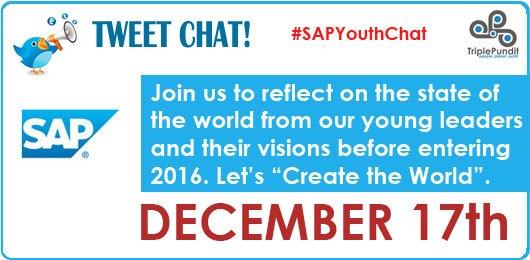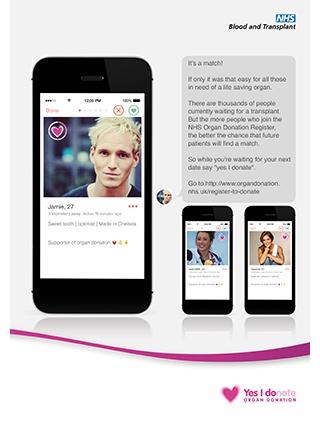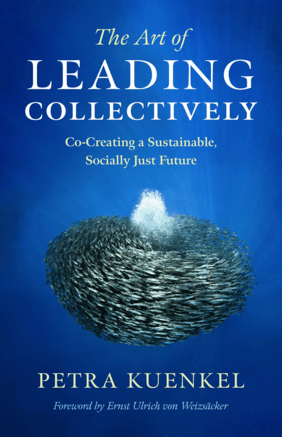7 Pioneer Companies Shaking Up Sustainability


By Mark Brownlie
The bold thinking and actions taken by corporate sustainability trailblazers often challenge the status quo and alter the concept of a company’s role in society.
The following companies are leaders. They have taken principled stances or have implemented innovative programs that lead to better social and environmental conditions. In some cases, a company is included here just because of some radical statement from the CEO. But, they are the kinds of statements and actions we need if we are to move past incremental improvements and achieve transformative change on our way to sustainability.
Corporate sustainability leadership requires more than planting trees and holding lunch and learns. Real leaders shake things up.
No company is perfect and each mentioned below might land on someone’s list of corporate demons. No doubt, these companies are not doing everything right, but they are doing at least one big thing right.
1. Apple
Last year, Apple CEO Tim Cook told investors skeptical about climate change to sell their shares if they didn’t support his commitment to reduce greenhouse gas emissions. Cook let people know that Apple didn’t pursue environmental improvements solely for their return on investment. Apple has also committed to source 100 percent of its power from renewables.
2. CVS Health
Pharmacy giant CVS quit selling tobacco products in 2014. Its logic is indisputable. Simply put in the company's own words, “The sale of tobacco products is inconsistent with our purpose – helping people on their path to better health.” CVS backed up this sensible move by offering smoking cessation programs.
3. Kingfisher
To Kingfisher, zero is not enough. The home improvement company strives to be net positive by 2050. This means doing more than just reducing its negative impact. It means putting back more than it takes: becoming carbon positive; wasting nothing; adding wealth.
The company's journey to net positive starts with a plan to meet 50 environmental, social and innovation targets by 2020. Kingfisher follows in the footsteps of the Crown Estate’s total contribution approach and Interface’s goal to be a restorative company.
4. Patagonia
Founded more than 40 years ago, this outdoor clothing and gear company stood for sustainability long before it was popular. In a gutsy move, Patagonia placed an ad reading “Don’t buy this jacket” in the New York Times in 2011 on Black Friday, the shopping day after Thanksgiving. The ad entreated potential customers to think twice before buying anything.
Proving that the ad wasn’t just a clever marketing ploy, Patagonia offers tips to customers to prolong the life of their products. It also runs the largest clothing repair facility in North America, and encourage customers to return worn-out clothing so Patagonia can recycle or repurpose it.
5. Tesla
Realizing that one company can’t do it all by itself, serial entrepreneur Elon Musk made his company’s patents open to the public to encourage further development of the electric vehicle. Tesla’s latest potentially groundbreaking invention is the Powerwall home battery, a system that could well solve the solar energy storage conundrum.
6. Toms Shoes
As is often the case with transformation in business, it’s the efforts of a visionary that bring about change. In his travels, founder Blake Mycoskie saw how hard it was for children to grow up without shoes. As a result, Toms donates a pair of shoes to a child in need for every pair purchased. To date, it has donated more than 35 million pairs of shoes.
Toms has applied its “one for one” model to other products it sells, including eyewear, coffee (in which case Toms makes safe water available) and bags (maternal health is offered).
7. Unilever
A few years back, Unilever CEO Paul Polman rebelled against rampant short-termism in the market and decided his company would no longer issue quarterly earnings guidance. He says that Unilever is looking for long-term shareholders not short-term share traders.
Sustainability is a long-term enterprise. Under its ambitious Sustainable Living Plan, Unilever has set three overarching goals and tens of targets. For example, one goal is to help more than a billion people take action to improve their health and well being by 2020.
Innovative business models
The seven examples above are just a sampling of corporate leadership on sustainability. Some of the actions taken might seem like common sense. But in the world of business, these actions are revolutionary. They prove that a mainstream company can pursue sustainability and be successful, trendy even.
Companies that are serious about sustainability take strong stances, adopt new business models, get certified and set targets.
The advisory firm SustainAbility has highlighted numerous companies implementing 20 business model innovations and related strategies that are leading the way to a more sustainable economy. Toms one for one model is but one example.
B Corps are for-profit companies that have been certified to rigorous standards of social and environmental performance, accountability and transparency. They are required to consider impacts on all stakeholders not just shareholders, and to publish reports of their overall social and environmental performance. More than 1,400 companies worldwide, big and small, are B Corps, including Ben & Jerry’s, Method and Seventh Generation.
In the past few months leading up to the Paris climate conference, we saw numerous companies demonstrating leadership on reducing greenhouse gas emissions.
- Under the guidance of the Oil and Gas Climate Initiative, 10 major oil companies, including BP, Shell, Repsol and Total, confirmed that they “recognize the general ambition to limit global average temperature rise to 2 degrees centigrade” and “pledged to collaborate" on “reducing the greenhouse gas intensity of the global energy mix."
- Companies continue to join RE100, publicly committing to use 100 percent renewable energy. Members number more than 35 and include Ikea, Johnson & Johnson, Nestlé, Nike, Philips, Procter & Gamble, SAP, Starbucks and Walmart.
Corporate sustainability leadership requires more than planting trees and holding lunch and learns. Real leaders shake things up. They’re courageous.
Image credit: Flickr/Mike Mozart
Mark Brownlie is Founder and Principal of Responsibility Matters Inc., a Calgary, Canada based firm that has developed sustainability strategies and communications for 40 corporate and non-profit clients worldwide. He has been involved in more than 50 CSR and sustainability reports.








